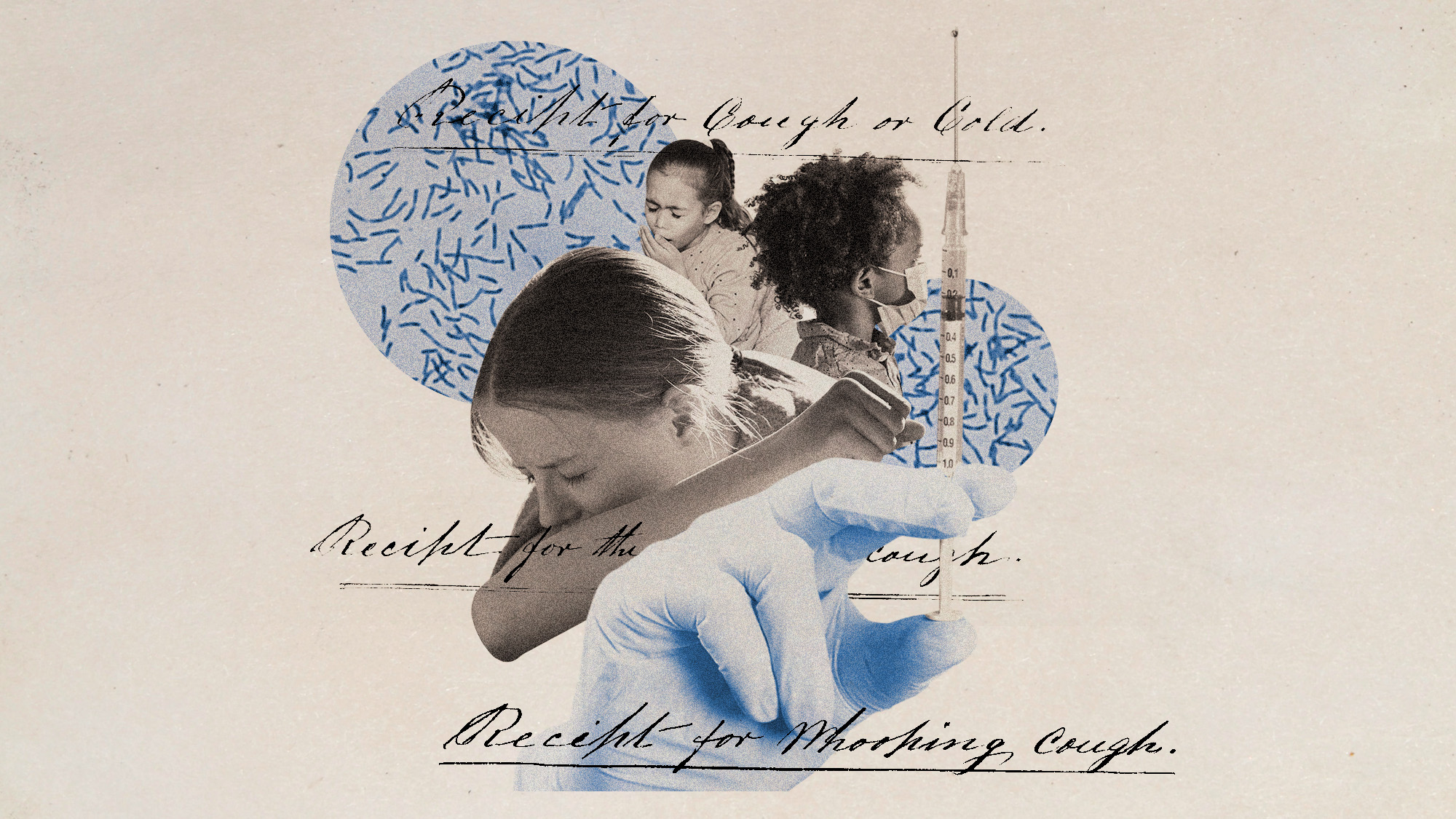Unmasking the Resurgence: The Alarming Comeback of Whooping Cough
Health officials worldwide are raising alarms as whooping cough, a highly contagious respiratory disease once thought under control, stages a troubling resurgence. Cases have surged in Europe, Asia, and North America, with infants and unvaccinated populations most at risk. The uptick, attributed to declining vaccination rates and waning immunity, threatens to reverse decades of public health progress against this dangerous infection.
Why Whooping Cough Is Roaring Back
Pertussis, commonly called whooping cough, was responsible for nearly 161,000 global deaths annually before vaccines became widely available. While immunization programs reduced cases by over 90% in the 20th century, recent data from the World Health Organization shows a 30% increase in reported cases since 2016. The U.S. Centers for Disease Control and Prevention (CDC) recorded 18,000 cases in 2023—the highest since 2019.
“This isn’t just a statistical blip—it’s a perfect storm of factors,” explains Dr. Elena Rodriguez, an infectious disease specialist at Johns Hopkins University. “Vaccine hesitancy, missed booster shots, and mutations in the bacteria itself are all contributing to outbreaks.”
Key drivers of the resurgence include:
- Waning immunity: Protection from childhood vaccines fades after 5-10 years
- Vaccine gaps: 1 in 5 adolescents misses their Tdap booster
- Pandemic disruptions: Routine childhood vaccinations dropped by 14% during COVID-19
- Bacterial adaptation: Emerging strains may evade vaccine-induced immunity
The Public Health Impact of Pertussis
Whooping cough poses particular dangers to infants, with complications including pneumonia, seizures, and in severe cases, death. According to CDC data, babies under 2 months account for 50% of pertussis-related hospitalizations and nearly all deaths. The characteristic “whooping” sound occurs as patients gasp for air between violent coughing fits that can last weeks.
“We’re seeing entire families become infected because parents don’t realize they’re carriers,” notes Dr. Michael Chen, a pediatrician at Boston Children’s Hospital. “A mother’s mild cough can be life-threatening to her newborn.”
The economic burden is substantial too. A 2023 study in Health Affairs estimated that each pertussis case costs $2,900 in direct medical expenses and lost productivity. Outbreaks in schools and workplaces lead to widespread absences, with infected individuals typically requiring 3-6 weeks of isolation.
Vaccination Challenges and Controversies
While the DTaP and Tdap vaccines remain highly effective at preventing severe illness, their limitations have become apparent. Research suggests the acellular vaccine introduced in the 1990s—while safer than its predecessor—may provide shorter protection than the whole-cell version it replaced.
Some communities face additional barriers:
- Rural areas with limited healthcare access
- Communities with high vaccine exemption rates
- Immigrant populations unfamiliar with local immunization schedules
Public health campaigns emphasizing “cocooning”—vaccinating all household contacts of newborns—have shown promise but require broader adoption. Meanwhile, researchers are racing to develop next-generation vaccines that could offer longer-lasting immunity.
Combating the Whooping Cough Comeback
Health agencies recommend a multi-pronged approach to curb the resurgence:
- Boosting vaccination rates: Ensuring children receive all five recommended doses and adults get decennial boosters
- Prenatal immunization: Vaccinating pregnant women to protect newborns
- Improved diagnostics: Faster testing to identify and isolate cases
- Public awareness: Educating communities about symptoms and prevention
Singapore’s success story offers hope. After cases tripled in 2017, the country implemented mandatory pertussis reporting and free booster shots for new parents, reducing infections by 62% within two years.
Looking Ahead: The Future of Pertussis Control
As whooping cough continues its global resurgence, experts warn that complacency could undo decades of progress. The WHO has added pertussis to its 2030 elimination roadmap, while pharmaceutical companies are testing new vaccine formulations that could provide more durable protection.
For now, doctors stress that existing tools remain effective when used consistently. “Vaccination isn’t just personal protection—it’s community armor,” emphasizes Dr. Rodriguez. “When coverage drops below 90%, outbreaks become inevitable.”
Parents and caregivers can take immediate action by verifying their family’s vaccination status and consulting healthcare providers about recommended boosters. Public health departments nationwide offer immunization clinics, with many providing vaccines regardless of insurance status.
See more WebMD Network



